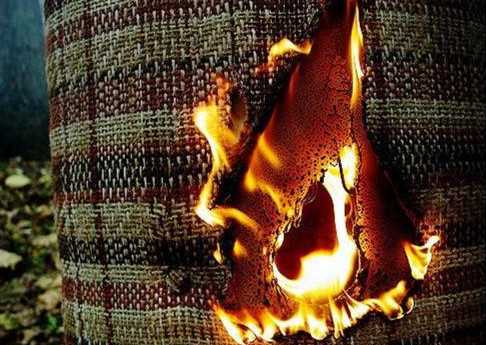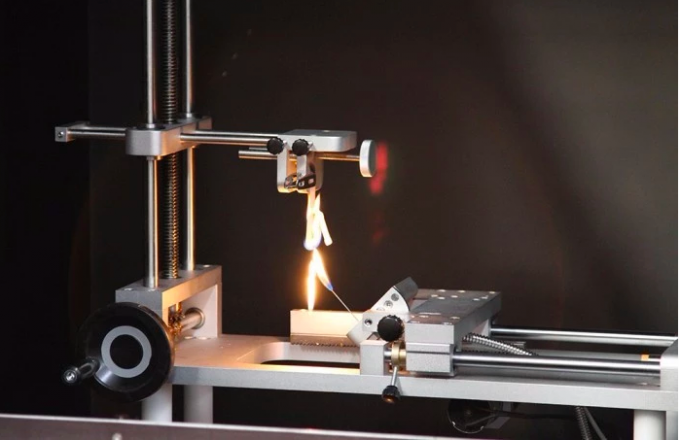What is the UL 1581 standard for vertical flame test?

UL 1581 is an American standard called "Standard for Safety for Electrical Wires, Cables, and Flexible Cords - Test Methods for Electrical Insulation Materials". The standard contains several test methods, including the Vertical Burn Test, which is used to evaluate the burning characteristics of wire and cable insulation materials.

In UL 1581, the specific method of vertical burning test is called vertical burning test (VW-1), also known as UL 1581 test method 1500. This test method involves hanging a sample of wire or cable vertically and exposing it to a flame. Then, observe the burning speed of the wire or cable under the action of the flame, the burning time and the dripping after burning to determine whether it meets the specific safety standard.
What is the safety standard of UL 1581?
The safety standards covered in the UL 1581 standard depend on the type and use of the wire or cable being tested. The main purpose of the UL 1581 standard is to ensure that the safety performance of wires and cables complies with specific safety standards, such as the National Electrical Code (NEC) and the Canadian Electrical Code (CEC).

In the vertical burning test, the safety standard of the UL 1581 standard requires that the wire or cable have sufficient fire resistance under certain burning conditions to avoid the occurrence of fire or slow down the spread of fire. Specifically, the tested wire or cable cannot be completely burned within a certain period of time, cannot produce excessive smoke and toxic gases, and cannot drip during combustion.
The safety standards of the UL 1581 standard are based on experimental data and industry experience. These standards apply not only to vertical burn tests, but also to other types of wire and cable tests to ensure that their electrical and mechanical properties meet specific standards and that they will not pose a hazard to personal safety and property when in use.
2023-05-31 11:02


